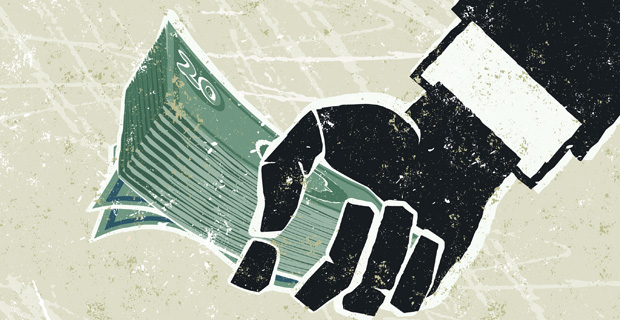Economic Snapshot: Final estimate reports GDP increased 3.9 percent in second quarter

The final estimate from the Bureau of Economic Analysis for second quarter gross domestic product is in, reporting a 3.9 percent gain.
GDP
Real GDP increased at an annual rate of 3.9 percent in the second quarter. In the first quarter, real GDP increased 0.6 percent.
In the second estimate last month, the increase in real GDP was 3.7 percent. The general picture of economic growth remained the same with the new estimate, but personal consumption expenditures (PCE) and nonresidential fixed investment increase more than previously estimated.
The increase in real GDP in the second quarter primarily reflected positive contributions from PCE, exports, nonresidential fixed investment, state and local government spending, and residential fixed investment. Imports, which are a subtraction in the calculation of GDP, increased.
The price index for gross domestic purchases, which measures prices paid by U.S. residents, increased 1.5 percent in the second quarter, in contrast to a decrease of 1.6 percent in the first. Excluding food and energy prices, the price index for gross domestic purchases increased 1.2 percent, compared with an increase of 0.2 percent in the first quarter.
Current-dollar GDP, which is the market value of the goods and services produced by the nation’s economy less the value of the goods and services used up in production, increased 6.1 percent or $264.4 billion in the second quarter to a level of $17,913.7 billion. In the first quarter, current-dollar GDP increased 0.8 percent or $33.3 billion.
Consumer confidence
Consumer confidence increased to 103.0 in September, up from 101.3 in August. The Present Situation Index increased from 115.8 to 121.1 while the Expectations Index dipped from 91.6 to 91.0.
Consumers who say business conditions are “good” increased from 23.7 to 28.0 and those who claimed business conditions are “bad” declined from 17.8 to 16.7 percent. Consumers who state jobs are “plentiful” increased from 22.1 to 25.1 percent, while those claiming jobs are “hard to get” also increased from 21.7 to 24.3 percent.
Those anticipating more jobs in the months ahead remained relatively unchanged at 15.0 percent and those anticipating fewer jobs increased from 14.5 to 15.8 percent. The proportion of consumers expecting their incomes to increase rose from 16.2 to 19.1 percent while the proportion who expect a decline increased marginally from 9.8 to 10.1 percent.
ADP employment
Private sector employment increased by 200,000 jobs in September. This is the fourth month in which private sector employment has reached or surpassed 200,000 in 2015.
Large businesses contributed over half of the jobs in September with 106,000, rising dramatically from August. Medium businesses added 56,000 jobs in September, 18,000 fewer than the previous month, and small businesses added 37,000, less than half of the August gains.
Service-providing jobs added the most significant portion of jobs this month with 188,000, up from 172,000 in August. Professional/business services contributed 29,000 jobs in September, almost even with August’s 30,000 jobs. Trade/transportation/utilities added 39,000, up from 25,000 in the previous month. Financial activities added 15,000 jobs, just above the 14,000 added in August.
Goods-producing employment rose by 12,000 jobs in September, a small decrease from 15,000 in August. The construction industry doubled its job gains this month with 35,000 jobs. Meanwhile, the manufacturing industry lost 15,000 jobs in September, the worst report since December 2010.




